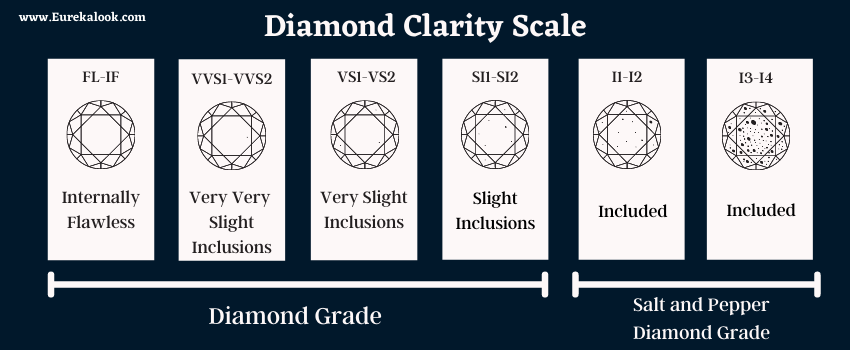Many people know all about diamonds, emeralds, sapphires, and all the other common gemstones. However, not many of us know much about this gemstone, which is a rare mineral often used for industrial purposes and in jewelry.
How is Moissanite (natural and simulated) cut?
Moissanite is cut in much the same way diamonds are cut. They are cut to maximize their brilliance.

If it is shaped using a brilliant cut, it will have eight faces, twelve edges, and six vertices so it won’t lose much carat weight and shine brilliantly.
If it is shaped using a step cut, it will have a square or rectangular shape with eight lines running parallel along the length and width of the stone.
What is the moissanite cutting process?
The cutting process for moissanite can be complicated, but it can be broken down into five steps:
1. Planning
2. Cleaving
3. Bruting
4. Polishing
5. Inspecting
1. Planning:
This is the most important step in the process.
The planning stage determines much of how the stone will run out because it includes several details such as shape and size.
The diamond cutter will use their expertise in combination with computer software to map the rough stones.
This step is crucial because gemstone cutters try to cut without losing too much.
2. Cleaving:
This is where the cutting expert will split the rough stone into separate pieces.
It is typically done with mechanical saws or contactless lasers.
3. Bruting:
This step takes the separate diamonds and turns them into round stones by placing them on a spinning axel and grinding them against each other.
4. Polishing:
Although this is technically a two-step process, this step turns the round shape into a diamond shape with smooth, reflective facets.
This part of the step prepares the stone for brillianteering where the remaining facets are added.
5. Inspecting:
Even though it sounds similar to grading, it is not the same.
This step checks if the stone meets the right specifications. If it does, it is passed on for sale.
If not, it goes back to the polishing process.
What is Moissanite used for?
It can be used in anything diamonds are used. This gemstone is a very popular stone for engagement rings, necklaces, pendants, and earrings.

What are the types of cuts for Moissanite?
There are two different cuts to choose from, and within those two cuts, there are many different shapes. Each cut and shape display a different characteristic of the stone.
1. Brilliant Cut
2.Mixed Cut

1. Brilliant Cut :
Brilliant cut diamonds are cut in a cone shape with the illusion of dazzling lights bouncing around the top of the diamond.
2. Mixed Cut :
This cut is a great way to combine the amazing properties of both step and brilliant cuts.
What are the most popular shapes for Moissanite?
The best cut Moissanite is up to your personal preference, but there are a couple more popular than others.

For example, Round-cut moissanite is popular because of its elaborate and versatile design. clarity and sparkle of the stone while improving color and masking any inclusions.
Emerald cuts are popular due to the long, elegant cut that tends to make the stone look larger than it is.
Emerald cut engagement rings are perfect for those looking to get a brilliant, unique ring that fits their budget.
The Meaning of Moissanite
People have long since attached special meanings to gemstones. From Tribal status symbols to magical healing properties, your favorite gemstone certainly has something that someone considers very special about it.

WHAT IS MOISSANITE?
Moissanite is a synthetic gemstone, with light reflection and refraction indexes higher than diamonds. They simply look better.

In 1893 a French scientist, Henry Moissan, was scuffling around in a meteor crater in Arizona when he discovered a small deposit of beautiful gemstones. True story.
He initially mistook it for diamonds due to its hardness and crystal-like appearance.
This intriguing gemstone was not pure carbon (diamond) as he initially thought, but rather silicone carbide.
![]()
Moissanite in its natural form
Mr Moissan’s research on silicon carbide earned him the venerable Nobel Prize in Chemistry, and also had the gemstone officially named after him.
In its “natural” form Moissanite is extremely rare. So rare that almost 50 years passed after its initial discovery and correct classification before another deposit was found.

Realising the potential of bringing this striking gemstone to the fine jewellery world a few scientists and geologists got to work in the 1980s to perfectly create Moissanite in a laboratory.
And so, 103 years after its discovery Moissanite was introduced to the jewelry market in 1995 and has since grown to be the gemstone of choice for many engagement rings and fine jewelry shoppers.
Apperance :
You can read into Mr. Moissan’s story, diamonds and moissanite look alike – even to a gemologist.
Both loose and in jewellery, moissanite look downright impressive. No one will be able to tell they aren’t ultra-high-end diamonds.
The worst reaction I’ve seen to moissanite’s appearance was neutrality.
Fire & Brilliance :
Although marginal, the fire, brilliance and lustre (sparkle) of moissanite is actually higher than that of a diamond;
• Moissanite has a high reflective index of 2,65 – 2,69 compared to a diamond at 2,42.
• Moissanite’s light dispersion is 0.104, more than double that of a diamond.

Clarity: Inclusions & Impurities:
Moissanite is created under strict laboratory conditions, most high-end moissanite will be free from visible inclusions and imperfections.
Flawless purity diamonds, on the other hand, are exorbitantly rare and expensive.
Close to 90% of women surveyed prefer a gemstone free from any visible impurities, and that makes moissanite a safe bet.
Colour :
The colour range of high-quality moissanite is very similar to that of diamonds.
Some grading laboratories use a different grading scale for moissanite, and group colours into broader categories.
When it gets to special diamond colours like canary yellow or lime green, I don’t think moissanites are quite there yet.
Great progress is being made though.

Weight and size (Carat):
Moissanites are 8% lighter than diamonds.
• A 6,5mm round diamond weighs 1,00 carat.
• A 6,5mm round moissanite weighs 0,92 carat.
*They’re exactly the same size visually.
To make comparisons with diamond size easier, the weight of moissanite is expressed as Equivalent Diamond Weight (EDW).
Durabillity :
The hardness of a mineral is graded on a scale from 0 – 10 based on how one mineral scratches the other.
There’s only one substance with a hardness of 10 and that’s a good old diamond.
The world’s most exclusive watch brands all use sapphire glass to display and shield the watch dial.
Worries about durability should be the last thing on your mind.
Price:
Creating moissanite in a laboratory isn’t cheap, but traditional large scale mining operations are significantly more capital intensive.
There’s not really a rule of thumb to compare moissanite prices to diamonds, but here’s a real-life example of a special we’re currently running;
1,00ct Round Brilliant Certified Moissanite, Top White Colour, VVS-clarity @ only R5240*.
A decent 1,00ct diamond can easily cost you 15+ times more.
The Conscious Choice?
Where many world citizens are taking climate issues into their own hands by voting for sustainability with their purchases of eco-friendly products.
The creation of moissanite in a laboratory uses at least 90% less energy when compared to traditional diamond mining operations.
The process used to synthesize moissanite does not create hazardous by-products and leaves no mark on ecosystems like traditional mining.
Moissanite is truly straight from the laboratory or factory to your ring, and you can rest assured, guaranteed, that absolutely no one was exploited in any way to create this beautiful gemstone.
It's not a Fake Diamond :

Although my comparisons have been to diamond, Moissanite is by no means solely a "Diamond alternative”.


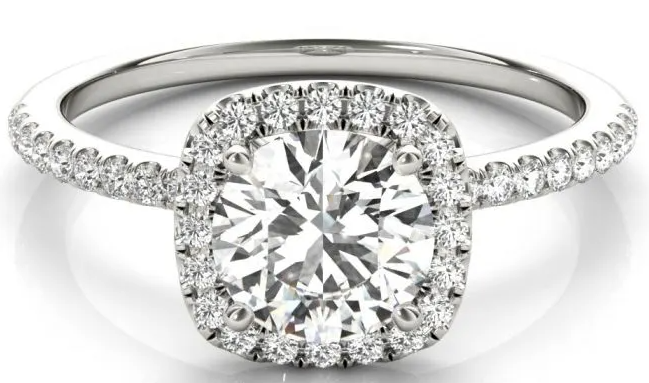
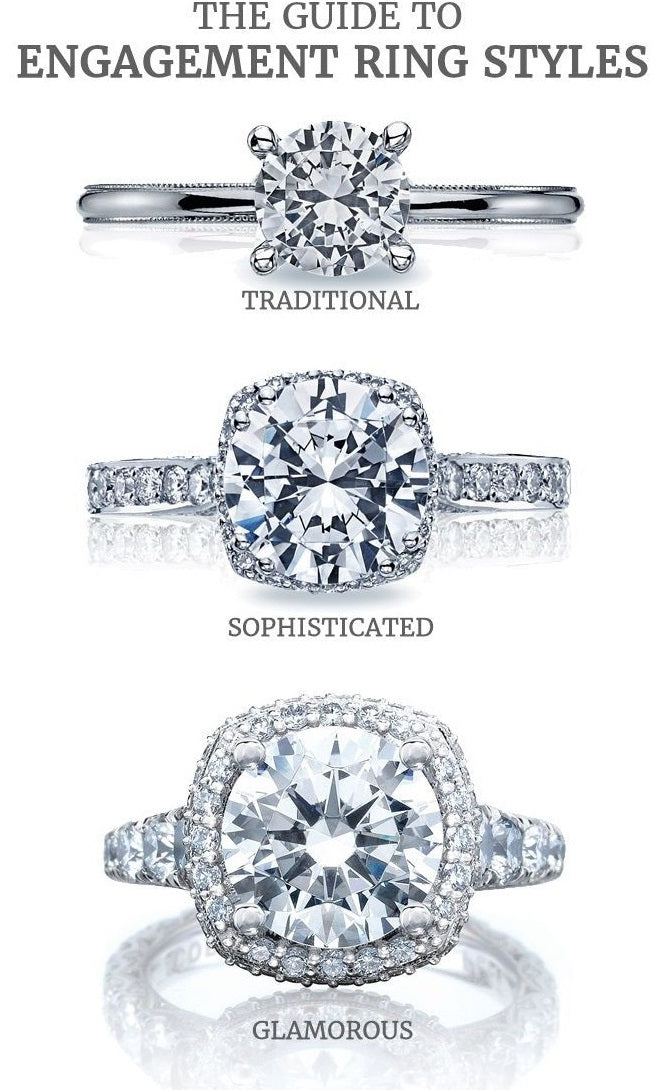
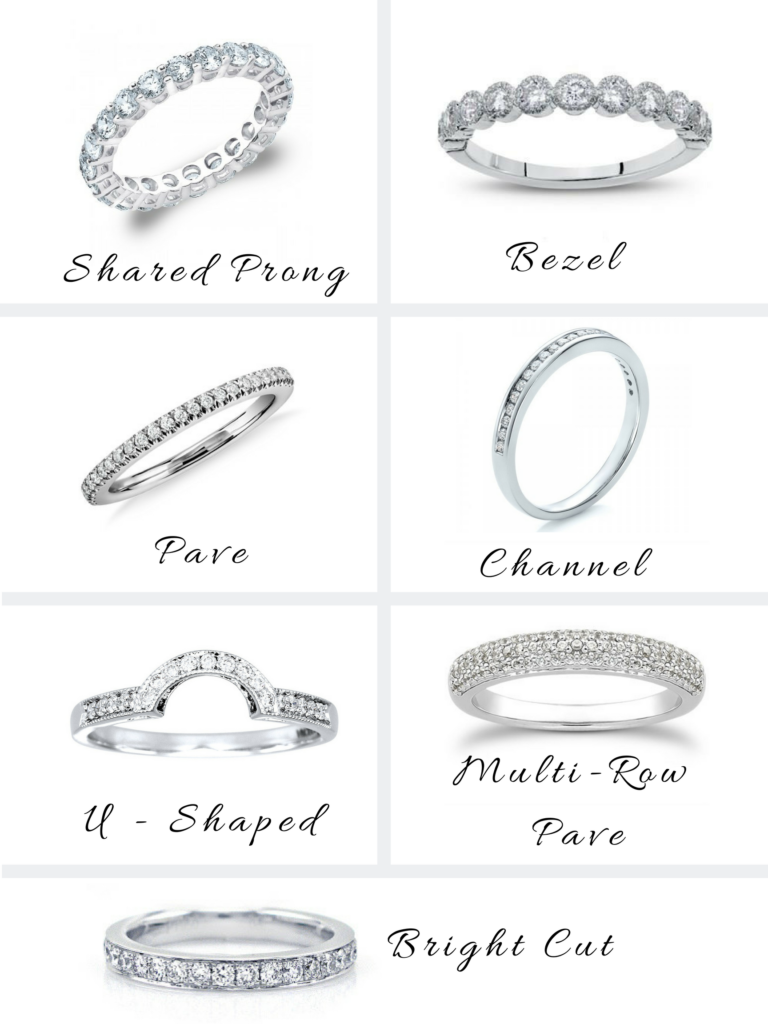


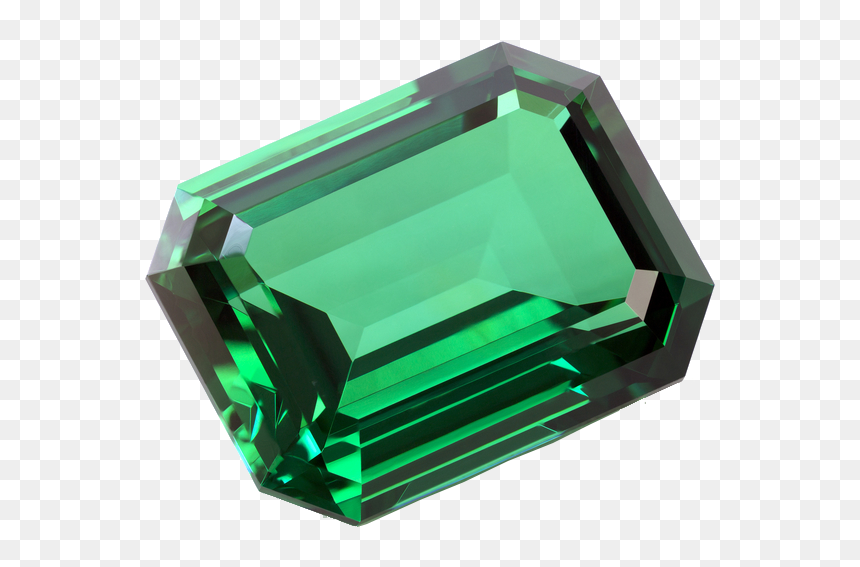
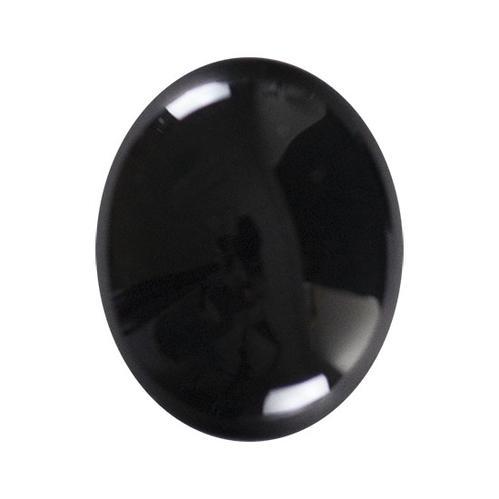
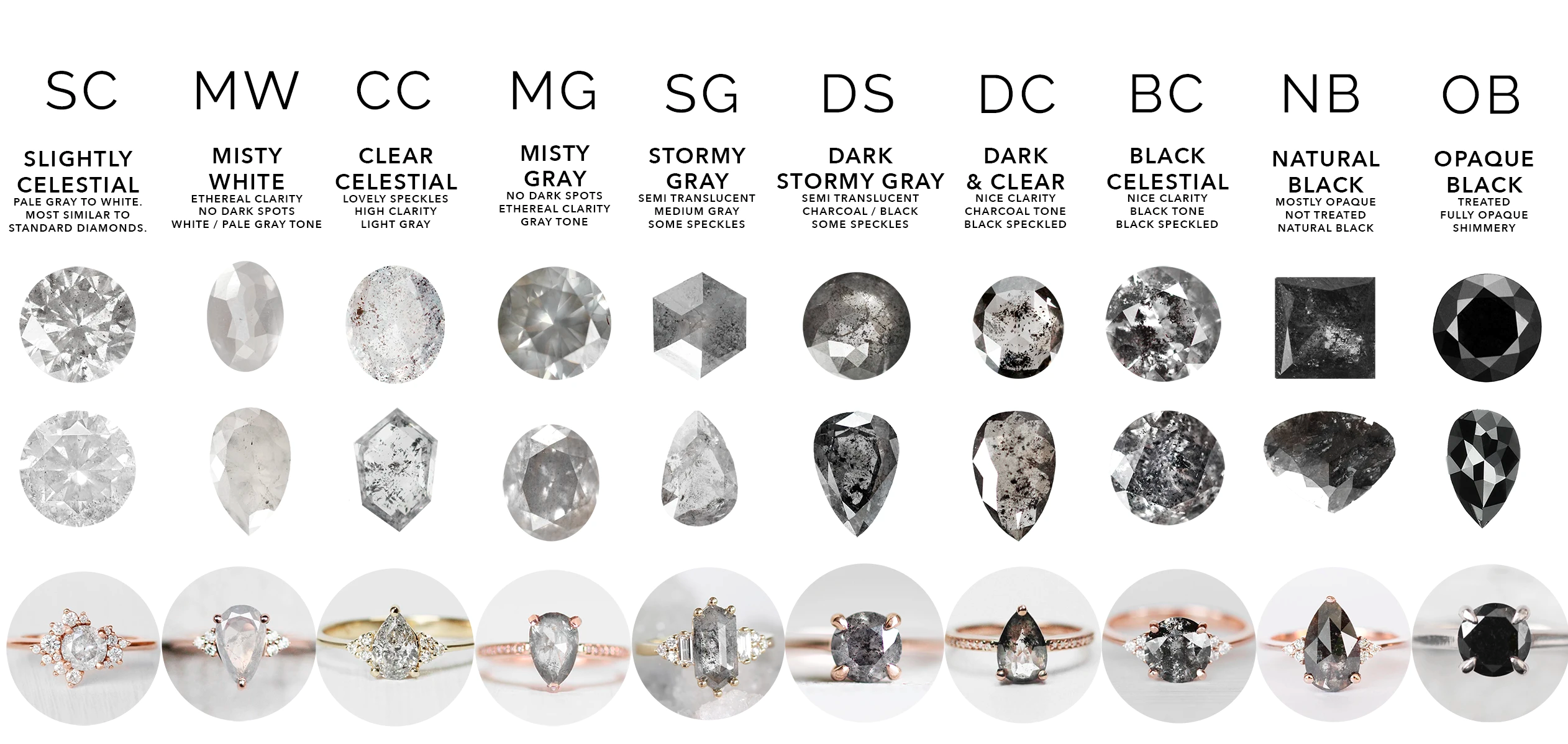
 Sale
Sale